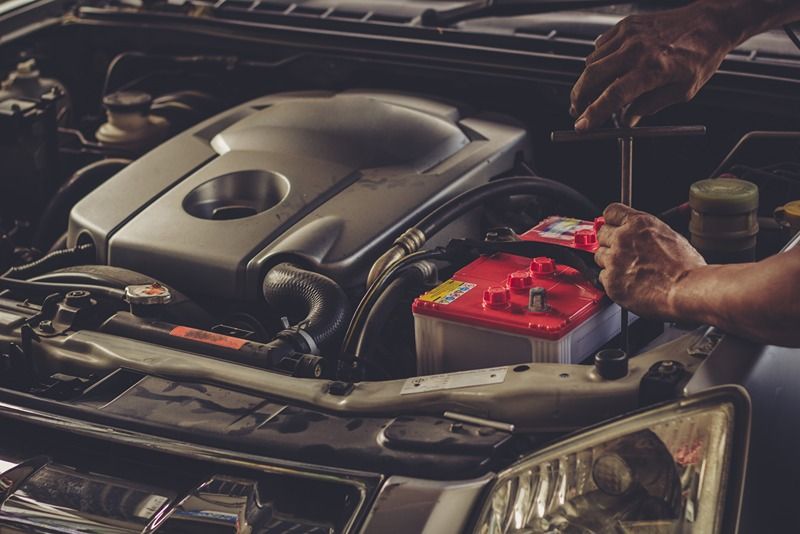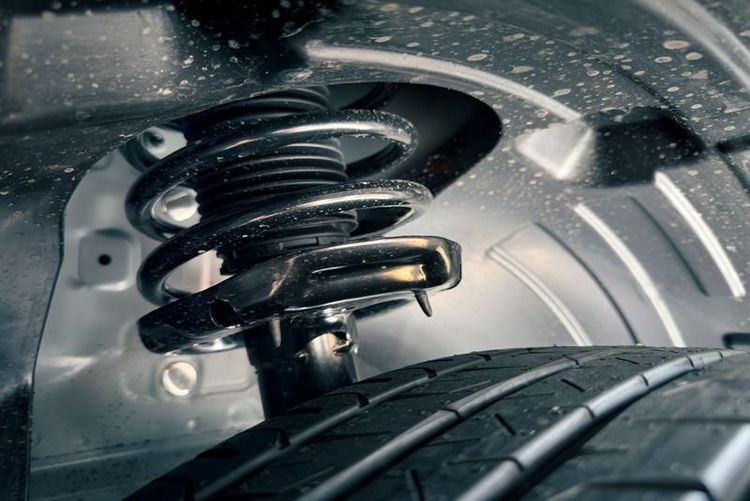Steel is at the heart of automotive manufacturing, providing the strength and durability essential to making safe vehicles. For MSMEs in the auto components sector, selecting the right types and grades of steel can significantly boost the safety and reliability of the parts they produce. Here’s a look at some practical ways MSMEs can use steel to enhance safety in auto components.
1. Choose high-strength, low-alloy (HSLA) steel for crash resistance
HSLA steels are designed for exceptional strength, toughness and durability, making them ideal for safety-critical parts like chassis, bumpers, and side panels. These are the parts that often bear the impact in a collision. By using HSLA steel, MSMEs can create components that hold up better under impact, providing added protection for drivers and passengers.
2. Use dual-phase steel for better energy absorption
Dual-phase steels offer high strength along with the ability to bend under stress without breaking. This makes them ideal for parts like door frames, crash beams, and floor panels, which need to absorb and disperse impact energy during an accident. By choosing dual-phase steel for these parts, MSMEs can help reduce the chance of sudden breakage, which could be critical to protecting vehicle occupants.
3. Ensure material integrity with quality control
Consistency is crucial when it comes to safety. Small defects or inconsistencies in steel can weaken parts, making them more likely to fail. MSMEs can implement quality control techniques such as non-destructive testing (NDT) and batch sampling to verify the integrity of their steel components. With rigorous quality checks in place, MSMEs can reduce the risk of defects reaching the end customer, which also helps lower recall risks.






 +91 7208055523
+91 7208055523
 Help & support
Help & support
